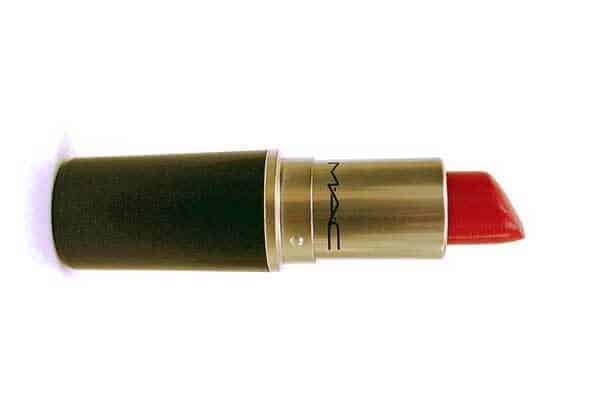A study by forensic scientists at the University of Kent has established a new way of identifying which brand of lipstick someone was wearing at a crime scene without removing the evidence from its bag, thereby avoiding possible contamination.
Using a technique called Raman spectroscopy, which detects laser light, forensic investigators will be able to analyse lipstick marks left at a crime scene, such as on glasses, a tissue, or cigarette butts, without compromising the continuity of evidence as the sample will remain isolated.
Analysis of lipstick traces from crime scenes can be used to establish physical contact between two individuals, such as a victim and a suspect, or to place an individual at a crime scene.
The new technique is particularly significant for forensic science as current analysis of lipstick traces relies on destructive forensic techniques or human opinion.
Professor Michael Went of the University’s School of Physical Sciences said: ‘Continuity of evidence is of paramount importance in forensic science and can be maintained if there is no need to remove it from the bag. Raman spectroscopy is ideal as it can be performed through transparent layers, such as evidence bags. For forensic purposes Raman spectroscopy also has the advantages that microscopic samples can be analysed quickly and non-destructively.’
Raman spectroscopy is a process involving light and vibrational energy of chemical bonds. When a material – in this case lipstick – scatters light, most of the light is scattered at its original wavelength but a very small proportion is scattered at altered wavelengths due to changes in vibrational energy of the material’s molecules. This light is collected using a microscope to give a Raman spectrum which gives a characteristic vibrational fingerprint which can be compared to spectra of lipsticks of various types and brands. Hence it is possible to determine identity of the lipstick involved.
Research into applying the same method on other types of cosmetic evidence, such as foundation powders, eye-liners and skin creams is also underway.
The study, titled ‘Application of Raman spectroscopy for the differentiation of lipstick traces’, Fatma Salahioglu, Michael J. Went and Stuart J. Gibson, is published in the Royal Society of Chemistry journal.


